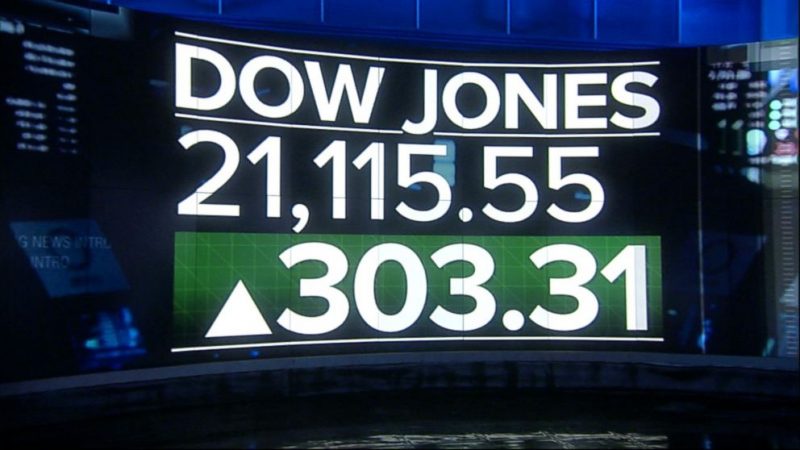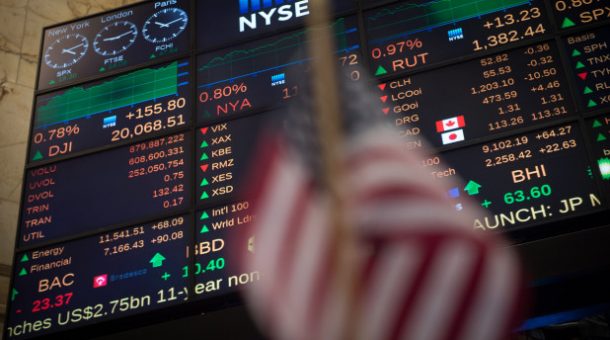Current Account
A measure of the international trade balance of goods, services and unilateral payments of a country. The current account level, as well as trends in export and import changes, are indicators of international trade trends.
Wholesale Trade
The dollar value of the sales made and the stock held by the wholesalers. Wholesale is one of the components of the business inventory.
Factory Orders
The dollar value of new orders for the production of durable and perishable goods. The indicator provides better information than orders for durable goods, the value of which is announced one to two weeks before.
Employment Cost Index
A measure of total overheads, including salaries, wages, and premiums.
LJR Redbook
Meter of sales made by big stores, published weekly
Non-Manufacturing NAPM
Reports provided by the National Association of Purchasing Managers for Business Activity in the Non-Production Sector. Values above 50% indicate an expansion of the economy. The indicator is not corrected for seasonal changes.
Durable Goods
According to the above information, the data usually go to 13:30 and 15:30 UTC time. (Reuters, CQG)
JAPAN
The financial year in Japan ends on March 31st. Towards the end of the year, as a rule for calculating the balance, a huge amount of foreign currency is transfered into Japanese yen, which in turn leads to its appreciation. Numerous Japanese insurance companies are the largest players in the forex market: USD / JPY, EUR / USD, EUR / JPY, GBP / JPY. A major problem in Japan is causing the aging population of the country. Maintaining a low interest rate for many years often causes a banking imbalance, but Japan’s banks remain the largest banks in the world. Strengthening the Southeast economy in perspective gives the yen a chance to become the main currency for the Asian region.
SWITZERLAND
Switzerland has no intention of joining the EU, and this is all the more emphasizing its independence. The attractiveness of CHF remains high. There are problems with Nazi gold, which question the reputation of the largest Swiss banks. But as we see in events of September 11, 2001, huge amounts of currency are invested in Swiss banks.
UK
The presence of high percentages in England highlights the great interest of world currency speculators who predict economic performance. England – a world-renowned global financial center, headquarters of the largest investment giants are located here, very robust legislation regulating the financial activity of companies, banks and exchanges operates in the territory of a country.














